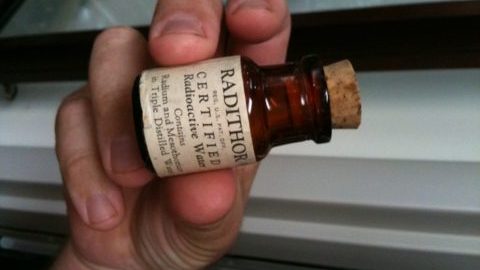Book Review: “The Poisoner’s Handbook”

I can’t say enough good things about Deborah Blum’s “The Poisoner’s Handbook: Murder and the Birth of Forensic Medicine in Jazz Age New York.” It’s an fast-paced narrative that mixes chemistry, physiology, public policy, and history.
The heroes of the story are the New York City medical examiner Dr. Charles Norris and his right-hand man, toxicologist Dr. Alexander Gettler. In an age when so many people have lost faith in public institutions and the power of science to do good, it’s inspiring to read the story of Norris and Gettler. When they started, poisoners were more or less guaranteed to get away with murder unless they confessed or were caught in the act. By the time they were done, they had sent dozens of murders to prison, cleared names of innocent people, and vindicated forensic toxicology as a reputable discipline in the eyes of the legal system. Along the way, Norris purged the corrupt, untrained coroners and replaced them with scientists. When he couldn’t squeeze money out of the mayor, he financed the office out of his own pocket.
Norris and Gettler were early and forceful critics of Prohibition. They foresaw that banning booze would result in a flood of adulterated alcohol that was much more toxic than the legal spirits it replaced. History proved them right, but not before they’d learned a lot about wood alcohol poisoning.
The book is billed as true crime. There are plenty of gruesome murders, including an account of the real-life killing that inspired the film Double Indemnity. But some of the most interesting medical mysteries are industrial poisonings like the unfortunate “Radium Girls” and Standard Oil’s “Looney Gas House,” so-named by workers because of the effects of the fumes.
You can read my full review at Working In These Times today.
[Photo credit: Flickr user Somewhat Frank, licensed under Creative Commons.]





